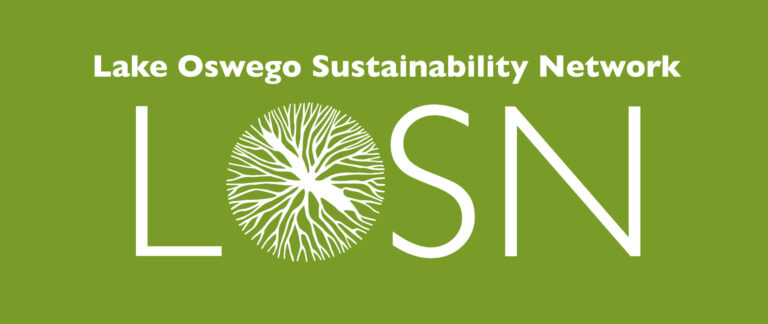You want to begin switching over to an all-electric, more sustainable, and ultimately less expensive way of life, but you aren’t sure where to begin? One good first step would be to sign up for Canary Media’s Electrified Life/Demystifying Home Electrification. For example, this month Alison Takemura outlines how to start 2024 with some low stakes steps to begin your electrification journey.
- Clarify in your own mind why you are motivated to go electric
The ride can be bumpy, initially expensive, and long, so keeping the benefits in mind can help you stay on course—not only the climate, but comfort, lower energy bills, a healthy and safe home, and personal energy independence. Remember there are easy, inexpensive first steps that can help you feel successful such as purchasing a single burner induction hotplate, subscribing to community solar, purchasing electric landscaping equipment, or buying an outdoor electric grill. - Look up incentives
Electrify Now has all the Oregon incentives listed on one page.You can layer these incentives all in one project.
– Federal incentives through the Inflation Reduction Act (IRA). Tax credits are available now, and larger rebates for low- and middle-income households will become available as early as mid-2024. Here is a summary of tax credits and a calculator from Rewiring America with both federal tax credits and potential future rebates.
– Energy Trust of Oregon incentives
– Contractor incentives. Use Electrify Now to find recommended contractors. Read through the recommendations for coupons and discounts. Contractors and discounts are also available through Electrifypdx.
– Finance your home electrification and energy efficiency upgrades with a Portland General Electric on-bill financing loan for up to $30,000 through Craft3—even if your credit is not perfect. Pay for major electrification projects over 15 years. - Schedule a home energy audit and consultation
A home energy audit examines your present situation. It will give you an idea of how efficient your home is and where you might be able to improve its efficiency. Weatherization, insulation, and sealing might allow you to save money because you would need a smaller heat pump or fewer solar panels. A blower door test will help find air leaks within your building envelope. The IRA includes a $150 tax credit for a home energy audit from a qualified professional.
A home energy consultation, on the other hand, gives you a breakdown of costs, cash incentives, and tax credits for home energy upgrades such as adding insulation, upgrading HVAC, or replacing windows. One contractor, Greensavers, offers free energy consultations in addition to audits, electrification, energy efficient windows, insulation, and HVAC services. Schedule a consultation at greensavers.com/community and use the code, LISAADATTO. If you complete a project of $2,500 or more, Greensavers will donate $200 to LOSN. Other companies that offer energy consultations and electrification plans are available at Electrify Now. - Make an electrification plan
Your energy plan can serve as the roadmap to electrify your home over time and make the best use of the incentives. With a plan you are prepared to act flexibly—either preemptively when your appliances are just old and inefficient, or when you need to act quickly because things stop working. If you want to take your first step today, Canopy is a free online platform that can help you figure out which electrification project to tackle first based on information you submit. They provide a step-by-step checklist for making upgrades and maximizing available incentives. They also provide LOSN with anonymized information about how Lake Oswego residents are progressing with their electrification projects, and we report that information back to you in our newsletter. Sign up to start here. - Get support
Canopy also offers advisor services to answer detailed questions and help you make a prioritized plan with follow-up phone support and email encouragement.


